Back to blog
Why You Should Consider IPFS For Your DeFi Projects?
In the exciting world of decentralized finance (DeFi), where innovation is reshaping traditional financial paradigms, there's a game-changing tool you should know about: InterPlanetary File System (IPFS). In gaming, you might rely on power-ups to enhance the experience, and DeFi is very similar but IPFS is the power-up. Let's delve into some of the most common questions you might have about using IPFS to supercharge your DeFi project:
Why should I consider using IPFS for my DeFi project?
IPFS isn't just a buzzword. It's a robust technology that offers enhanced security, streamlined data availability, and improved content delivery. Imagine having a secure vault for your sensitive financial data that's distributed across a global network, ensuring resilience against data breaches and censorship attempts.
How does IPFS improve data availability in DeFi?
In the world of DeFi, where accessibility is crucial, IPFS takes the spotlight. By storing data on a distributed network through IPFS nodes instead of relying on a traditional cloud services, IPFS ensures that your data remains accessible to anyone without being locked into a single vendor’s platform. Any person in the world can use any IPFS gateway to retrieve and even replicate the content. This decentralized approach is akin to having every major cloud provider allow access openly to the data that tends to be hidden behind lock and key.
Can IPFS help my DeFi application handle more users?
Absolutely. DeFi applications often experience spikes in user activity, and this is where IPFS shines. Its decentralized architecture allows your application to scale gracefully as user demand increases. Imagine adding more seats to a table when unexpected guests arrive, ensuring everyone has a place without compromising the experience. This is possible thanks to IPFS gateways and content delivery networks.
Does IPFS impact the speed of data retrieval in DeFi?
Yes, and in a highly positive manner. IPFS employs a clever approach by fetching content from nearby nodes, reducing the time it takes to retrieve data. This concept is similar to getting your favorite food from a nearby restaurant rather than waiting for delivery from across town. This happens thanks to the power of content identifiers (CIDs). IPFS is a content-addressable storage system meaning requests for data are made based on the content, not the specific location of the content.
Does IPFS require major changes to my existing DeFi smart contracts?
Integrating IPFS primarily focuses on data storage and retrieval, which means that it doesn't necessarily require significant changes to your existing DeFi smart contracts. Think of it as upgrading your storage system without having to remodel your entire house. You can use Pinata’s simple upload API to get content onto the IPFS network.
Can IPFS help with ensuring transparent financial transactions in DeFi?
Indeed. IPFS plays a crucial role in fostering transparency and trust within DeFi applications. By storing records on an immutable and tamper-evident platform, you can ensure that all financial interactions are recorded transparently, creating an auditable trail that builds user confidence.
Are there any well-known DeFi projects that use IPFS?
Absolutely, Aave is a prominent example of a DeFi project that utilizes IPFS to enhance its offerings. Aave operates as a decentralized, non-custodial liquidity protocol that offers two distinct roles for users: depositors and borrowers. Depositors contribute liquidity to the market, earning passive income in return. On the other hand, borrowers have the flexibility to secure loans in either an overcollateralized manner (perpetually) or an undercollateralized approach (one-block liquidity). So, if you're looking for inspiration and real-world evidence, Aave's IPFS integration is definitely worth checking out.
How can IPFS help with preserving the history of financial transactions?
IPFS's immutability is a powerful feature that ensures the preservation of financial transaction history. Think of it as a digital archive that safeguards your financial records from any changes, providing an accurate and unchangeable historical record.
In essence, integrating IPFS into your DeFi project is a profound game changer that ushers in a new era of accessibility and transparency. The decentralized architecture of IPFS empowers your application to handle increasing user demand seamlessly, while its speed-boosting capabilities enhance the user experience.
Happy pinning!

